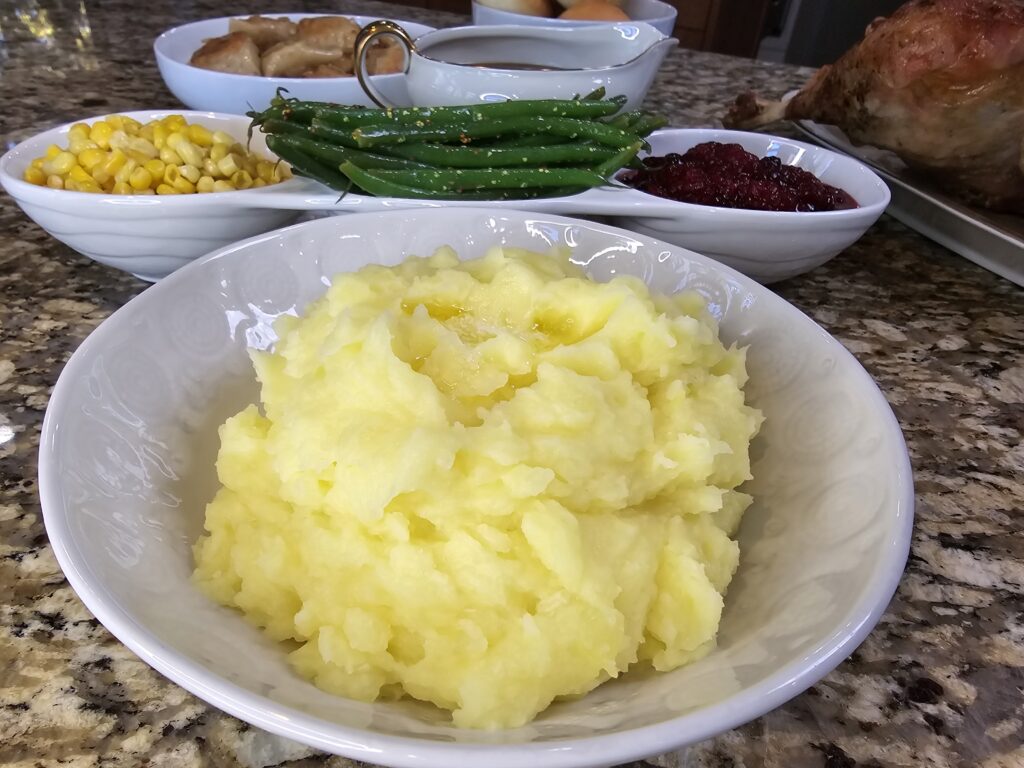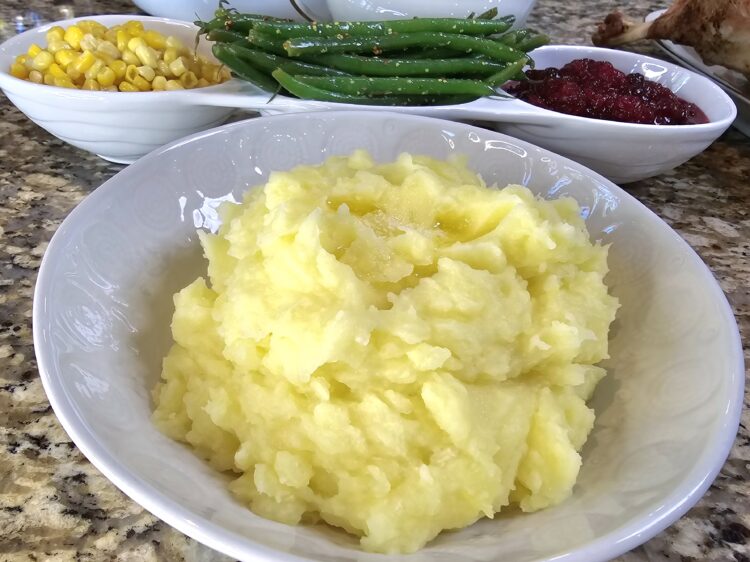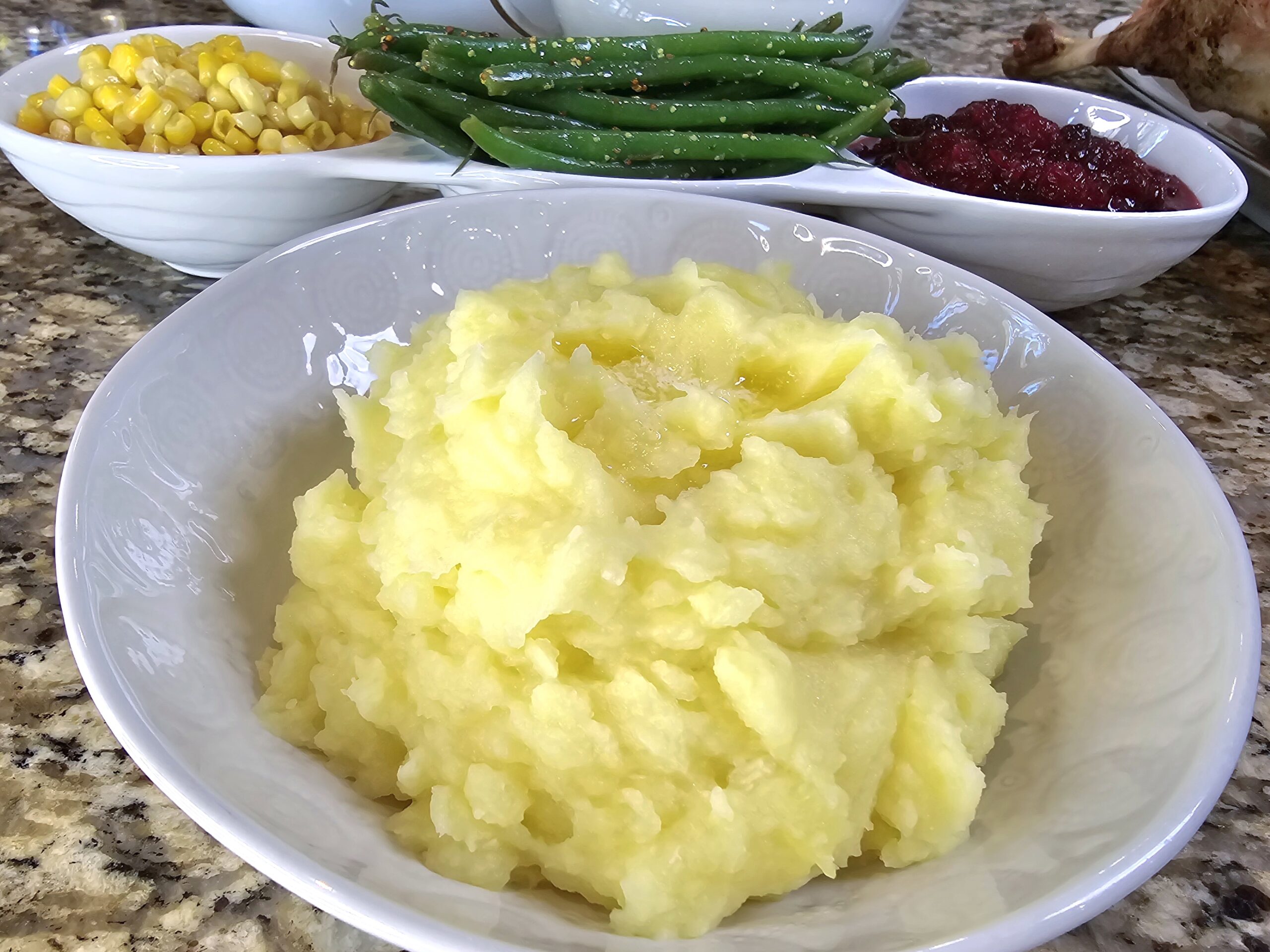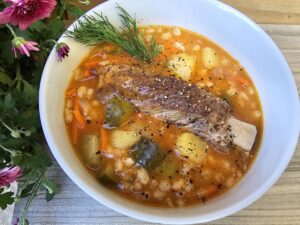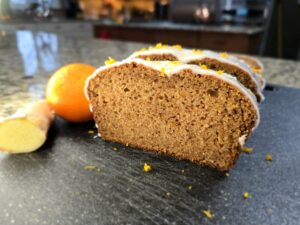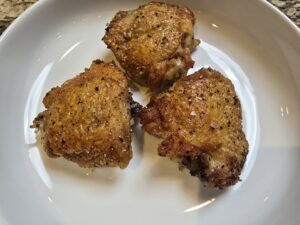When it comes to mashed potatoes, achieving that silky, creamy texture isn’t just about throwing everything together—it’s about understanding the science behind each step. From the type of potato you use to the technique for adding ingredients, every detail plays a role in creating the ultimate mash. Here’s a breakdown of the science behind the perfect mashed potatoes.
1. Choosing the Right Potato: Starch vs. Wax
The type of potato you use is essential to achieving the right texture. For creamy mashed potatoes, you’ll want to use russet or Yukon gold potatoes. These potatoes have a higher starch content and lower moisture, which results in a fluffier and smoother mash. Starch helps absorb the butter and milk, creating a richer consistency.
Why it works: High-starch potatoes break down more easily when cooked, which leads to that desirable creamy texture, while low-starch potatoes (like waxy varieties) can become gummy when mashed.
2. Start with Cold Water for Even Cooking
Always start by placing your peeled and quartered potatoes into cold salted water before bringing it to a boil. This allows the potatoes to cook evenly, inside and out. Adding potatoes directly to boiling water can cook the exterior too quickly, leading to uneven doneness.
Science Insight: Heating the potatoes gradually lets them cook through uniformly, ensuring they’re tender all the way to the center without overcooking the outer layer.
3. The Importance of Steaming After Draining
One of the key tricks to fluffy mashed potatoes is letting them steam after draining. Once the potatoes are drained, put the lid on and let them sit for 1-2 minutes. This allows excess moisture to evaporate from the potatoes.
Why it’s important: Extra moisture can make your potatoes watery or gluey. Allowing the steam to escape after draining ensures your mashed potatoes will absorb the butter and milk better, resulting in a fluffier texture.
4. Warm Ingredients for Better Incorporation
When adding butter and sour cream, warming these ingredients beforehand is crucial. Melt the butter and warm the sour cream gently to ensure they blend smoothly into the potatoes.
Why warm ingredients matter: Cold butter or sour cream can cool the potatoes down too quickly, leading to uneven mixing and possibly a gummy texture. Warm ingredients blend seamlessly, allowing for a smoother and more cohesive mash.
5. Whip, Don’t Overwork
Mashing is all about breaking down the potatoes just enough to achieve smoothness, but over-mashing can result in sticky or gluey potatoes. Use a potato masher or a ricer and mash just until the mixture is smooth.
The Science: Potatoes contain starch, and when you mash them, starch granules break down and absorb water or milk. However, if you overwork the potatoes, the starch granules will rupture too much, releasing their contents and turning the mash into a gluey mess. Keeping the mashing to a minimum helps preserve the right balance of starch and fluff.
6. Butter and Sour Cream Magic
The combination of butter and sour cream is a flavor game-changer. Butter coats the starch molecules, giving the potatoes a rich, creamy texture, while sour cream adds a bit of tang and smoothness.
The role of fats: Fats in the butter prevent the starches from clumping together and add to the richness of the dish. Sour cream, when warmed with butter, ensures a creamy consistency that binds with the starch from the potatoes, enhancing the overall texture.
By paying attention to the science behind each step, you can transform ordinary mashed potatoes into a dish that’s rich, fluffy, and full of flavor. Whether it’s the right potatoes, the warming of ingredients, or the quick steam after draining, these small adjustments make a huge difference in creating the creamiest, most delicious mashed potatoes.
The Science Behind Perfectly Creamy Mashed Potatoes 🧑🔬🥔
Ingredients
4 pounds russet or Yukon gold (preferred) potatoes
5 cloves garlic (optional), peeled
⅓ cup unsalted butter
¾ cup milk
⅓ cup sour cream
Salt, to taste
Black pepper, to taste
Directions
- Prep the Potatoes:
Peel and quarter the potatoes, then place them in a large pot of cold salted water. This ensures even cooking. - Add Garlic:
Add 5 peeled cloves of garlic to the pot for a delicious flavor boost. - Boil the Potatoes:
Bring the water to a boil, then cook the potatoes covered for about 15-20 minutes or until they are fork-tender. - Steam for Extra Fluffiness:
Drain the potatoes well and return them to the pot. Cover with the lid for 1-2 minutes to let the residual heat steam off excess moisture, which helps with a fluffy texture. - In a small saucepan, melt the unsalted butter over medium heat. Once melted, stir in the sour cream and warm gently. This step ensures the sour cream is at the right temperature and integrates smoothly into the mashed potatoes.
- Warm the Milk:
While the butter and sour cream mixture warms, heat the milk until it’s warm (but not boiling) in a separate saucepan or the microwave. - Mash the Potatoes:
Begin mashing the potatoes and garlic. Gradually pour in the warmed milk while mashing until smooth. - Add the Butter and Sour Cream Mixture:
Stir the warm butter and sour cream mixture into the mashed potatoes, blending everything until creamy and well-combined. - Season and Serve:
Season with salt and pepper to taste. Serve hot and enjoy these ultra-creamy, garlicky mashed potatoes.
Notes
- Science Tip:
Heating the butter and sour cream before adding them prevents the mixture from cooling the potatoes, which helps keep the mash smooth and fluffy without becoming gummy. The steaming step after draining ensures that the potatoes absorb the butter and milk more efficiently for the creamiest result.
